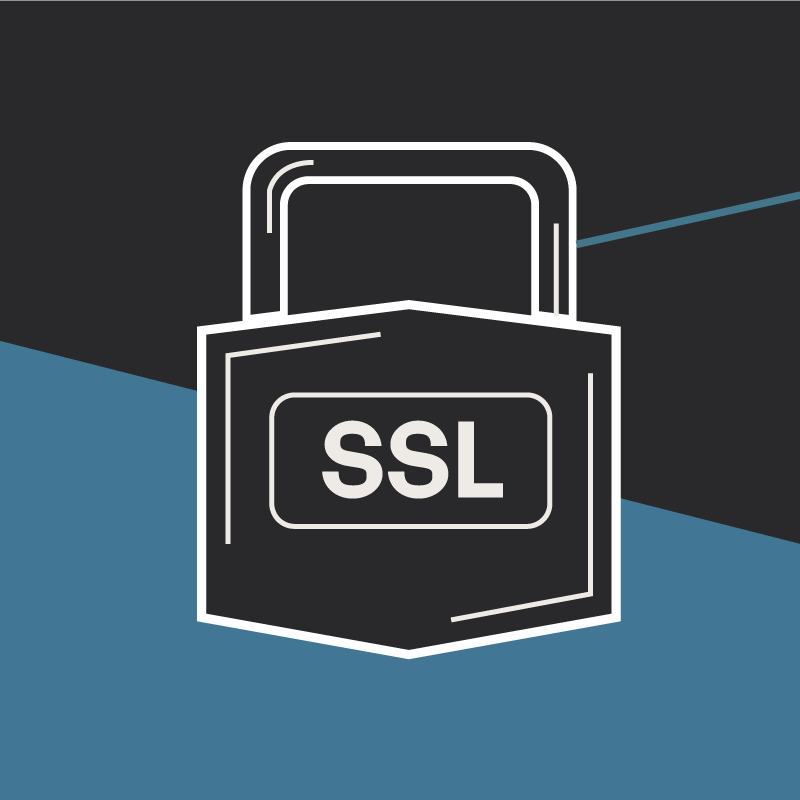Ensuring Website Uptime
Rob Schall Sr. Web Developer#Hosting

Know your options to ensure your website uptime by working with a hosting company that is prepared to handled all kinds of potential situations with your site.
You've just spent the past year planning, building, and deploying your new website. The company and public have provided excellent feedback, and you're on cloud nine. Then, in your weekly company meeting, the resident negative Nancy (every company has one) asks the question no one thought of: "So what happens if the site breaks?" Sure, they aren't a technical person, and it would be easy to tell them that won't happen. You've covered all your bases and have been assured that your site is hosted in one of the most state of the art facilities with 99.9999999% uptime. Or you bought the best hardware money could buy to host this site and spent the yearly budget having one of the world's greatest sites built by the best development firm on the planet, there's no way the site would just "break".
But in the back of your head, the question will bug you for the next few weeks. Could my site actually go down? Can it handle attacks that might be coming from the "wild west" of the Internet? What if a natural disaster hits the data center hosting my site? What if a simple Windows update or anti-virus check creates havoc on the server?
These are all excellent questions. Though many of these cases are very unlikely, Diagram's IT staff are hired to consider these sorts of situations and ensure that your web hosting environment has those worst case scenarios covered. Maybe not world domination by aliens, but we try to plan for everything short of that. So what are your options?
Load Balancing
The first step is to understand the current capacities of your website. What's the current "load" on the site? Is the database working pretty hard? What do the analytics look like; are there spikes that will need to be planned for?
The most common issue we see with customers is the belief that any website can be hosted on a $10/month shared cloud environment. But they quickly find major latency (speed) issues and realize why medium-to-large-size companies choose beefier hosting solutions. Assuming you haven't chosen this solution, but rather are utilizing some virtual or dedicated servers, and you know your load is 40-50% of your full capacity, this would be a great time to look at adding a second web server into the mix along with a Load Balancer. This will provide two great benefits for your end customer, the first being that most Load Balancers can provide excellent caching abilities. Rather than having your web server build the page the end customer is going to see each time, the Load Balancer will store the most common pages and hand those out instead. This is much faster, and it will greatly reduce the load on your web servers. The second benefit is site uptime insurance. If the Load Balancer sees one of the servers stop responding, it will remove it from its "options" and instead only provide data from the responding boxes, ensuring that users won't be attempting to connect to the non-responsive server and keeping them from seeing any errors.
Disaster Recovery
These solutions will provide extra redundancy to ensure that software updates, code releases, or other load issues won't cause an outage. But what if the worst happens? What if some 16 year old computer whiz decides you are their next pet project and launches a massive Denial of Service attack against the data center where your site is hosted? Or what if the next natural disaster nobody saw coming hits your hosting facility? That's when it's time to get a secondary hosting site (Disaster Recovery Site). Most CMS/Website platforms offer syncing utilities to ensure your production and DR site are kept in sync at all times. If the worst happens, your customers will simply be sent to the secondary site without knowing the difference.
Second Opinions Never Hurt
There are plenty of options to ensure your site's uptime. Nothing is perfect, and anyone who makes that guarantee isn't being honest. Trust your gut. Contact a quality hosting provider and ask them about the worst case scenarios. Throw some of your wild nightmares at them and see what measures they have in place to prevent them. And if you're not sure if you understand whether what you're being told is going to work, ask a second hosting provider or Enterprise Architecture expert. A second opinion can be the best thing money ever bought (in addition to getting the best sleep you could imagine).
Whatever worries or questions you might have about ensuring your site is available and operating correctly at all times, Diagram's hosting engineers can help you answer them, and we can provide you the services to handle all of your Disaster Recovery needs. We've love to chat about your current hosting environment and project needs.
Related Posts

Why Do I Need an SSL Certificate?
Without understanding what an SSL Certificate is, it may be hard to realize why this is so important for your website. In this blog Diagram will cover both of these topics.

How Brands can Navigate Elon Musk's Twitter
Should the changes at Twitter impact your social strategy? Is it still an effective way to connect with your customers? Read more to learn why or why not.
Results Matter.
We design creative digital solutions that grow your business, strengthen your brand and engage your audience. Our team blends creativity with insights, analytics and technology to deliver beauty, function, accessibility and most of all, ROI. Do you have a project you want to discuss?
Like what you read?
Subscribe to our blog "Diagram Views" for the latest trends in web design, inbound marketing and mobile strategy.
